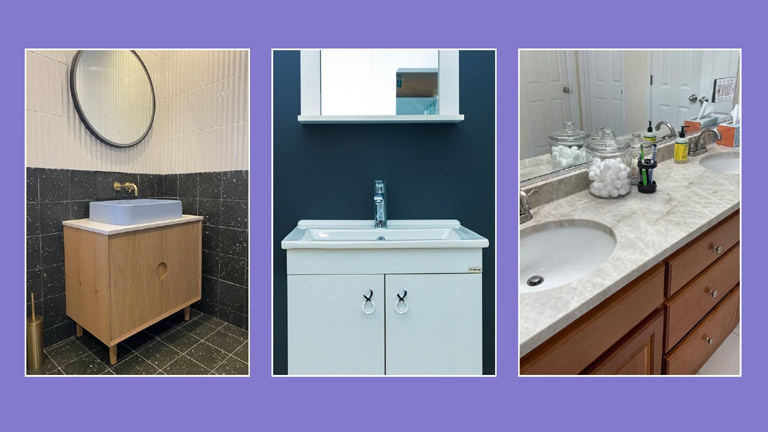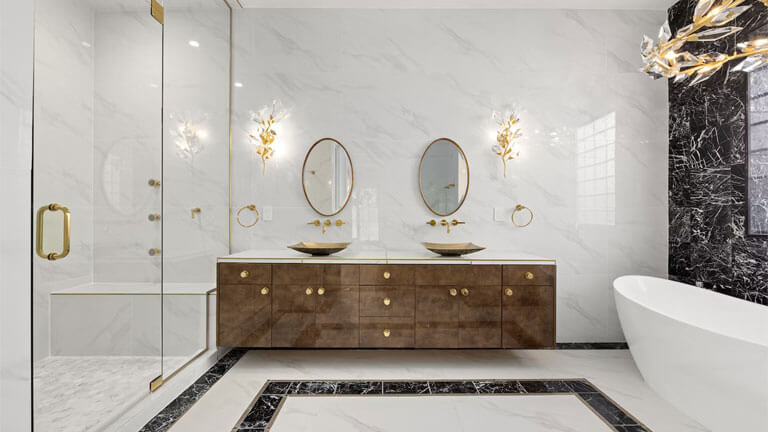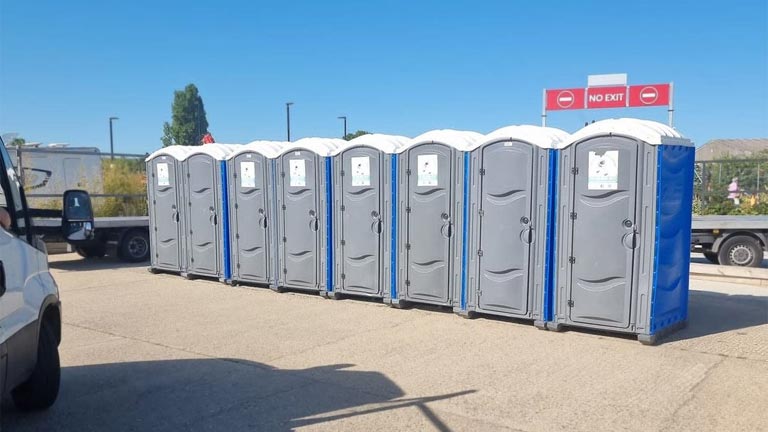
The size and shape of a bathroom vanity affect both your everyday comfort and your home’s usability. Choosing the right height, depth, and width not only improves ease of use but also makes your bathroom look organized and beautiful. In this article, you’ll learn about the commonly considered standard measurements and why these measurements are important to you.
Bathroom Vanity Height and Tall
Standard bathroom vanity heights typically range from 30 to 32 inches. This height is comfortable for most people and reduces the need for prolonged bending. However, modern trends have also led to “comfort height” vanities ranging from 34 to 36 inches, especially in homes where users are taller or prefer less bending. When choosing these heights, keep in mind that the height of the sink and mixer also impacts the overall usability height.
Bathroom Vanity Deep and Depth
The typical range of vanity depths is from 14 to 26 inches. For more general and comfortable use, approximately 20 to 23 inches, with an average of 21 inches, is considered ideal. In smaller bathroom spaces, a vanity with a depth of 16-18 inches can be used to allow for movement. When choosing a depth, consider the proximity of the bathroom door opening, shower, or toilet, as this may hinder use.
Bathroom Vanity Width
Standard vanity widths vary but are commonly available in single-sink sizes of 24, 30, 36, and 48 inches, and double-sink sizes of 60 and 72 inches. The best width for your bathroom depends on your available space and whether you need a single or double sink configuration, with smaller vanities suitable for powder rooms and larger ones for master bathrooms.
Standards for bathroom vanity size
Standard options for width are typically 24, 30, 36, 48, 60, and 72 inches. Most homes offer variations ranging from 24 to 60 inches, and 60 to 72 inches are more common for dual-sink options. Generally speaking, 24 or 30 inches is ideal for small powder rooms, and options above 48 inches offer better storage and convenience for master bathrooms. Before choosing a width, be sure to measure the bathroom’s flow and other fittings.
Why a vanity should be in your bathroom
Luxury bathroom vanities enhance both the functional and design aspects of your bathroom. First, they provide essential storage and sink support in addition to the toilet and shower. Second, having a place to organize personal items like toothpaste, towels, cosmetics, etc., makes life easier. Third, a properly sized vanity doesn’t put unnecessary strain on your back and neck, providing comfort during daily routines. For example, if you stand at the sink for long periods of time every morning, a comfort height vanity will provide back relief.
Things to consider when choosing a size
- User preference: If you have children or seniors in the family, consider a lower height or adjustable option.
- Bathroom size: A vanity with a smaller width and shallower depth will be better in a tighter space.
- Sink type: In-cabinet sink, undermount, or vessel sink—each has an impact on the counter, so calculate the total height carefully.
- ADA and accessibility: In cases where there are disabilities or wheelchair users, consider height and knee clearance. According to regulations, there are standards for sink height and knee clearance for wheelchair access.
Final Tip
Ultimately, standard figures are a guide, but your needs are paramount. Your height, the needs of family members, and the bathroom’s space all determine which dimensions will be most appropriate. Before purchasing, take measurements after the final flooring is in place, and if possible, create a map or template to ensure that the door and other fittings work smoothly once the vanity is installed.


